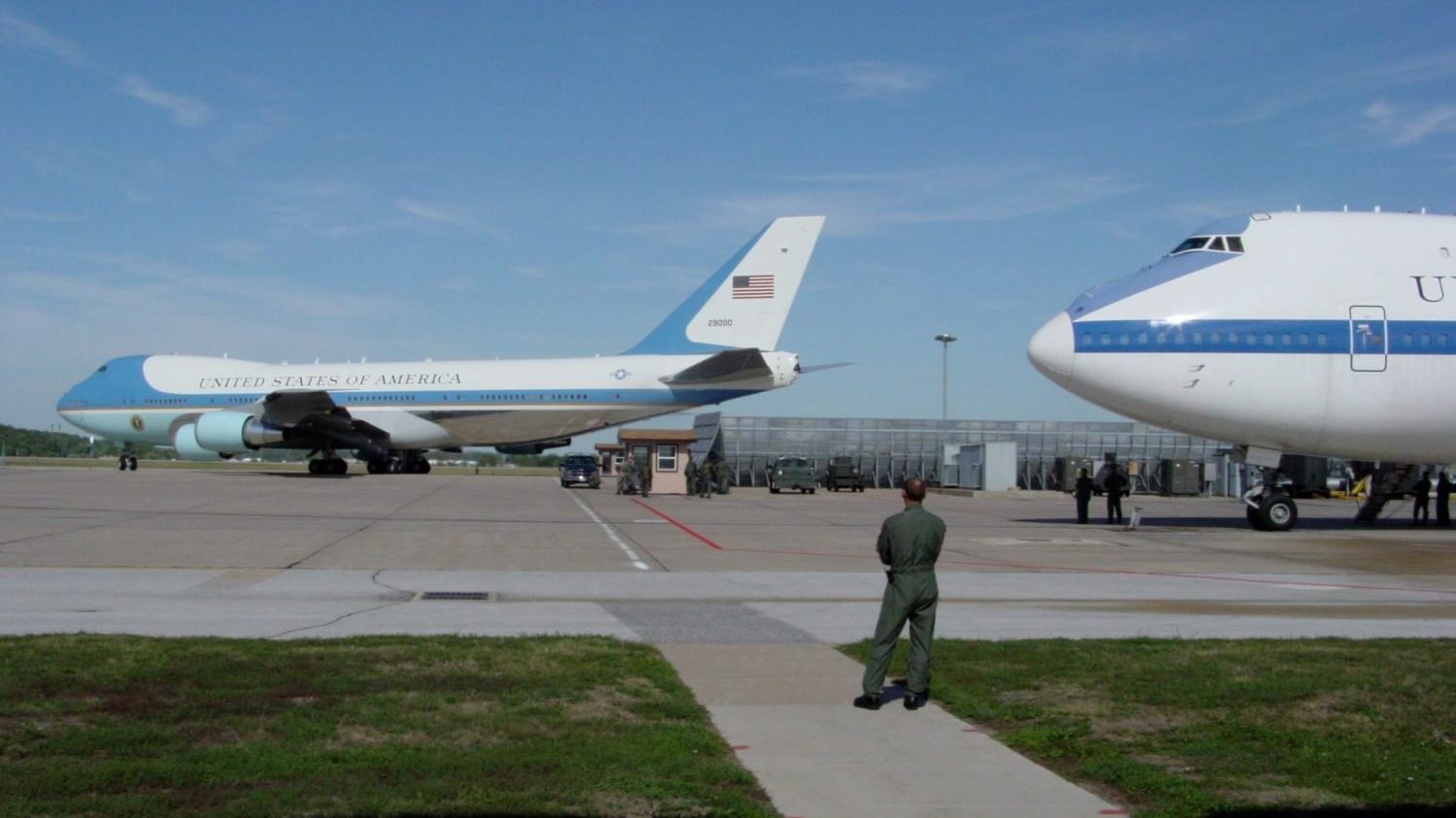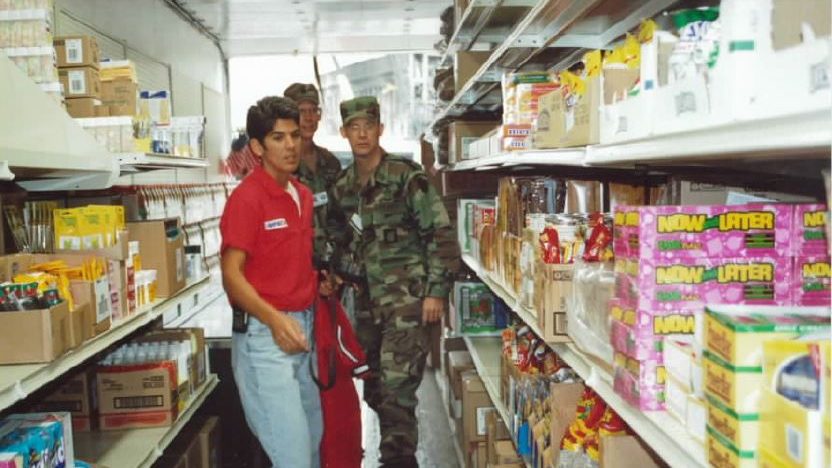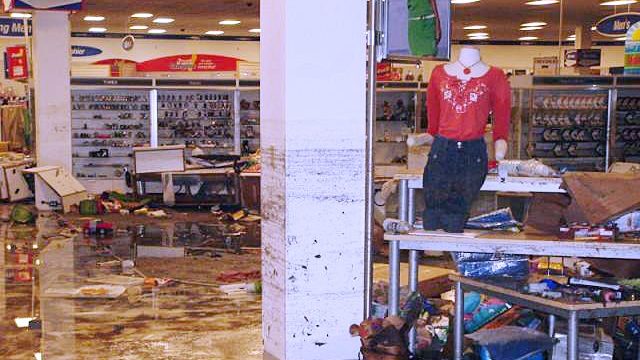Robert Philpot
After the 9/11 attacks, Exchanges in the New York City area and near Washington, D.C., supported troops and first responders with 24-hour operations and mobile field exchanges. Exchanges outside of New York and the Washington area did their part as well.
Read MoreOn the morning of 9/11, Steve Groll was an Air Force major and the navigator on an E-4B aircraft. The crew’s mission changed dramatically after the World Trade Center and Pentagon were attacked.
Read MoreExchange associates in the Washington, D.C., and New York City areas worked quickly and inventively to support troops and first responders after the attacks on the World Trade Center and the Pentagon.
Read MoreIn case you missed it, here’s a look at this week’s coverage in the Exchange Post.
Read MoreThe storm dealt Keesler a blow, but it couldn’t knock the BX out completely.
Read MoreWhen Jessica Mack learned that members of the 24th Marine Expeditionary Unit would be landing in Kuwait after leaving Afghanistan, with only the possessions that would fit in their backpacks, she wasted no time in getting a store ready to serve them.
Read MoreSo far, the Exchange has shipped 250,000 units of merchandise, including blankets, hygiene products, shoes, children’s items, snacks, beverages and other essentials, in support of Afghan guests in a mission requires input from nearly every corner of Exchange operations.
Read MoreKaren Cardin says she feels that working at the Exchange is what she was meant to do. “I was born into this AAFES/Military community.”
Read MoreAlthough Keesler Air Force Base was in the path of the hurricane, the Keesler Exchange (pictured) suffered no damage. The storm’s effects varied at Exchanges elsewhere in Mississippi, Louisiana and Alabama.
Read MoreIn case you missed it, here’s a look at this week’s coverage in the Exchange Post.
Read More








